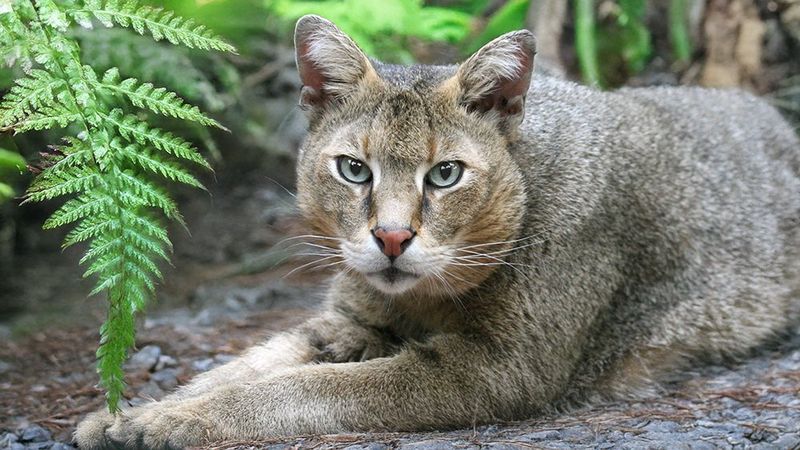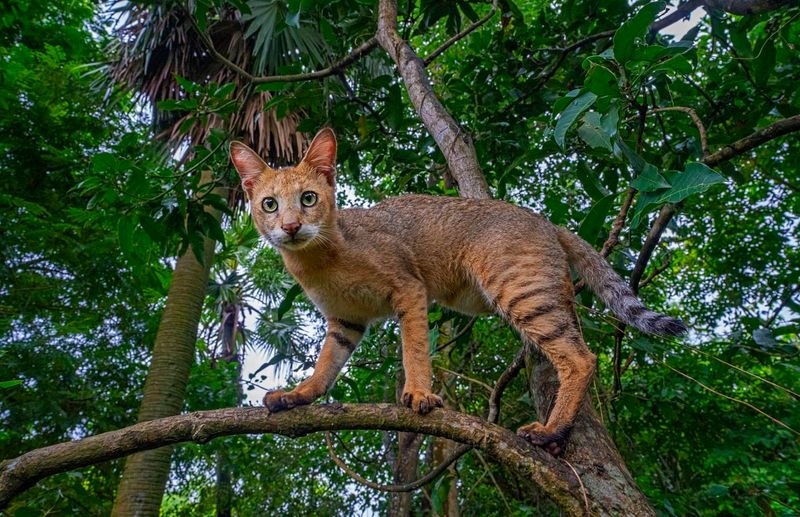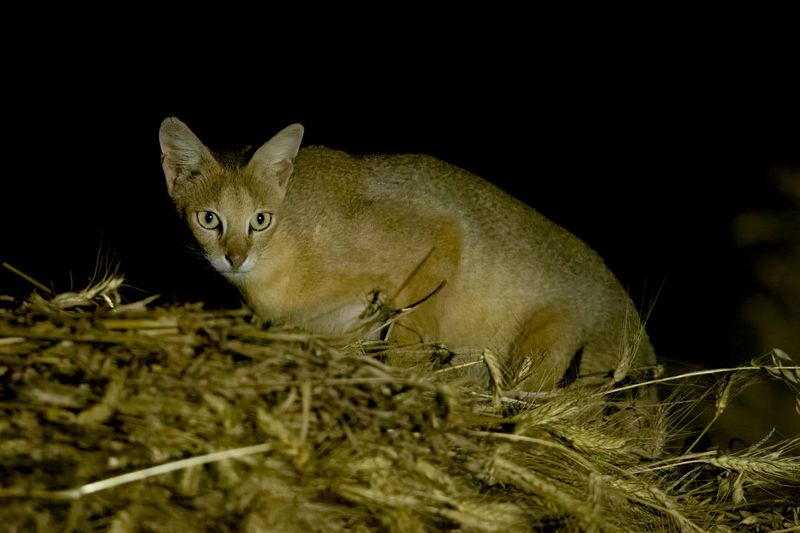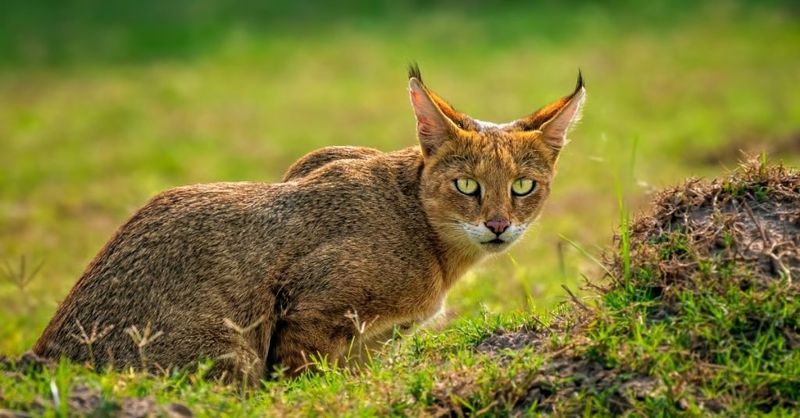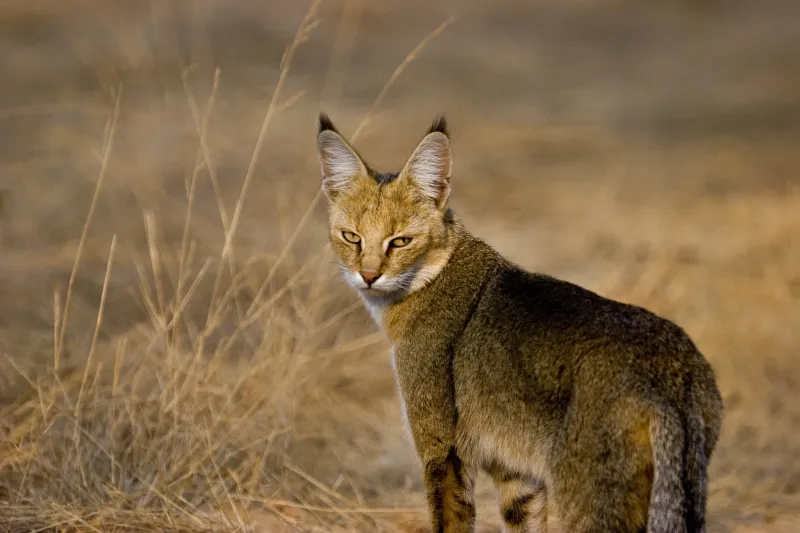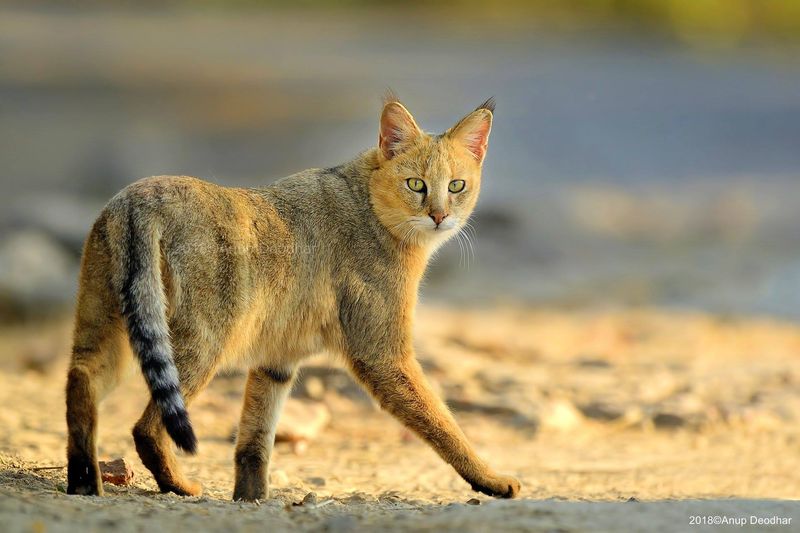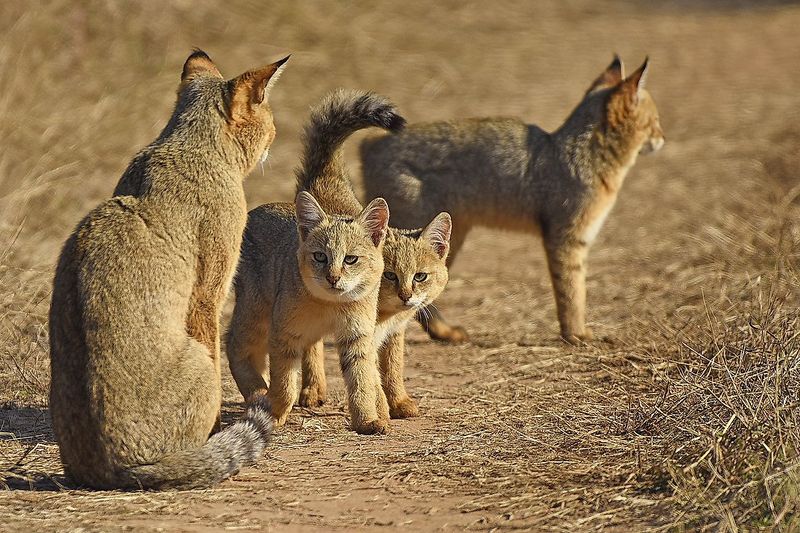📖 Table of Content:
The mysterious swamp cat, often known as the jungle cat or reed cat, prowls through wetlands across Asia and Africa. Known for its stealthy nature and excellent swimming abilities, this elusive feline has captured the imagination of wildlife enthusiasts and conservationists alike. With habitat loss posing a significant threat, understanding the swamp cat’s behavior and ecology is crucial for its preservation. This blog post delves into seven fascinating aspects of the swamp cat, each offering a glimpse into its unique world, enhancing our appreciation of this enigmatic creature.
1. The Stealthy Hunter
Ever wondered what it’s like to own the night? The swamp cat, with its keen senses and agile movements, dominates its nocturnal world. Like a shadow, it slinks through reeds and wetlands, silently stalking prey. The jungle cat’s hunting prowess is legendary, relying on stealth and surprise to catch small mammals and birds. Its exceptional night vision and acute hearing ensure it rarely goes hungry. How does it adapt so seamlessly? Evolution has equipped it with a perfect blend of agility and stealth, making every hunt an art. Truly, the swamp cat is a master of its domain.
2. Masters of Adaptation
Did you know the swamp cat isn’t confined to just swamps? This versatile feline thrives in an array of habitats, from lush wetlands to arid deserts. Its robust build and adaptable nature allow it to survive and prosper in diverse environments. Whether slinking through tall grasses or navigating rocky terrains, the jungle cat exhibits remarkable resilience. Its fur varies in color, providing effective camouflage irrespective of the surroundings. Its ability to adapt to such varied habitats highlights nature’s ingenuity in fostering survival. The swamp cat’s adaptability is a testament to its evolutionary success.
3. The Solitary Wanderer
With a heart that knows no bounds, the swamp cat walks alone, embracing solitude. Known for its solitary nature, this feline prefers to roam independently, coming together with others only to mate. This solitary lifestyle reduces competition for resources, offering the jungle cat a survival advantage. Its keen territorial instincts ensure it maintains a personal domain, free from intrusion. How does it balance solitude with survival? By mastering the art of independence. This lifestyle not only defines its existence but also enriches its mysterious allure, making it a true solitary wanderer.
4. The Swimmer’s Secret
Have you ever seen a cat that loves water? Surprising as it sounds, the swamp cat is an excellent swimmer. Unlike domestic cats, this feline embraces aquatic adventures, crossing rivers with ease. Its semi-webbed paws and streamlined body make it perfectly suited for life around water. The jungle cat’s ability to swim enhances its hunting strategy and provides an escape from predators. This unique trait sets it apart from other feline species. By mastering water, the swamp cat expands its territory and resource access, showcasing its unique adaptation skills.
5. Silent Communication
In a world where silence speaks volumes, the swamp cat communicates in whispers. Its silent communication methods, including body language and ear positioning, convey powerful messages. This subtlety aids in both hunting and social interactions, allowing it to thrive in its natural habitat. How does it maintain such discretion? By mastering the language of the wild, turning every gesture into a conversation. This form of communication ensures stealth is preserved, a crucial element for survival. The swamp cat’s silent language is a testament to the intricate balance of nature.
6. Facing Threats
With habitats dwindling, the swamp cat faces significant threats. Human encroachment and habitat destruction are its biggest challenges, impacting its survival. As wetlands give way to urbanization, this elusive feline struggles to find safe havens. Conservation efforts are crucial to ensure its continued existence. How can we help? By supporting initiatives aimed at habitat preservation and raising awareness. With collective efforts, we can secure a future where the swamp cat thrives. This battle against habitat loss underscores the urgent need for environmental stewardship, highlighting the human role in conservation.
7. Cultural Significance
Have you heard tales of the mysterious swamp cat? Throughout history, this elusive feline has garnered cultural significance, appearing in local folklore and mythology. Revered for its cunning and stealth, the jungle cat symbolizes independence and survival. Its presence in stories and legends reflects humanity’s fascination with the wild. How do these tales influence our perception? They enhance our connection to nature, inspiring respect and curiosity. The swamp cat’s cultural impact highlights the deep-rooted relationship between humans and wildlife, showcasing its significance beyond the natural realm.

